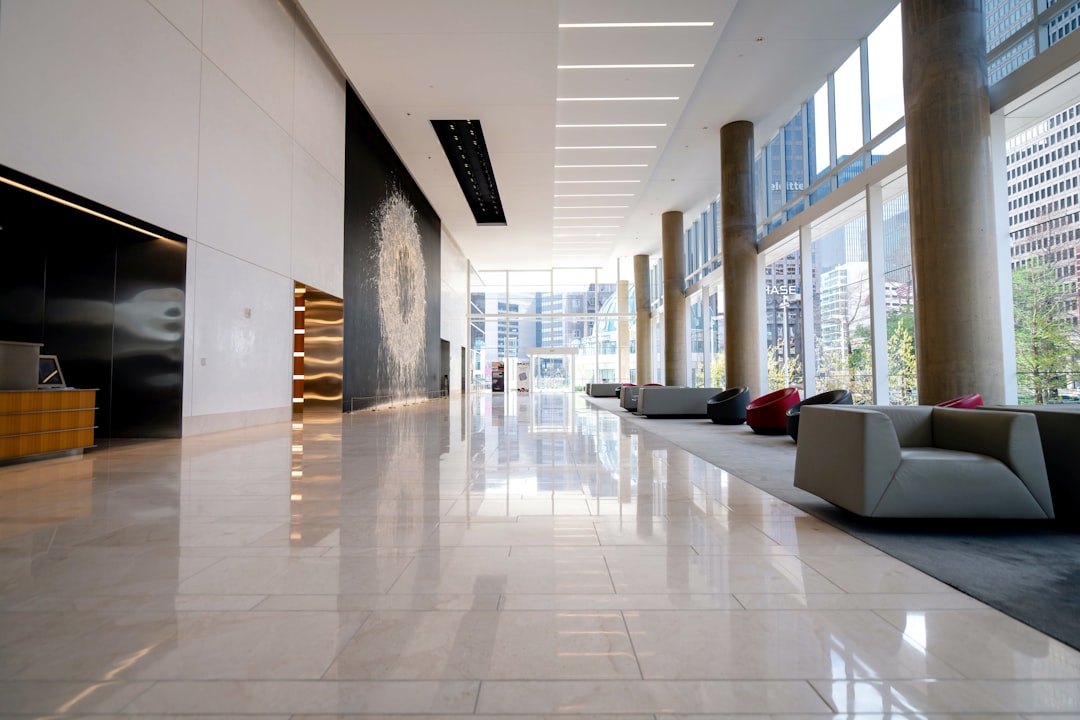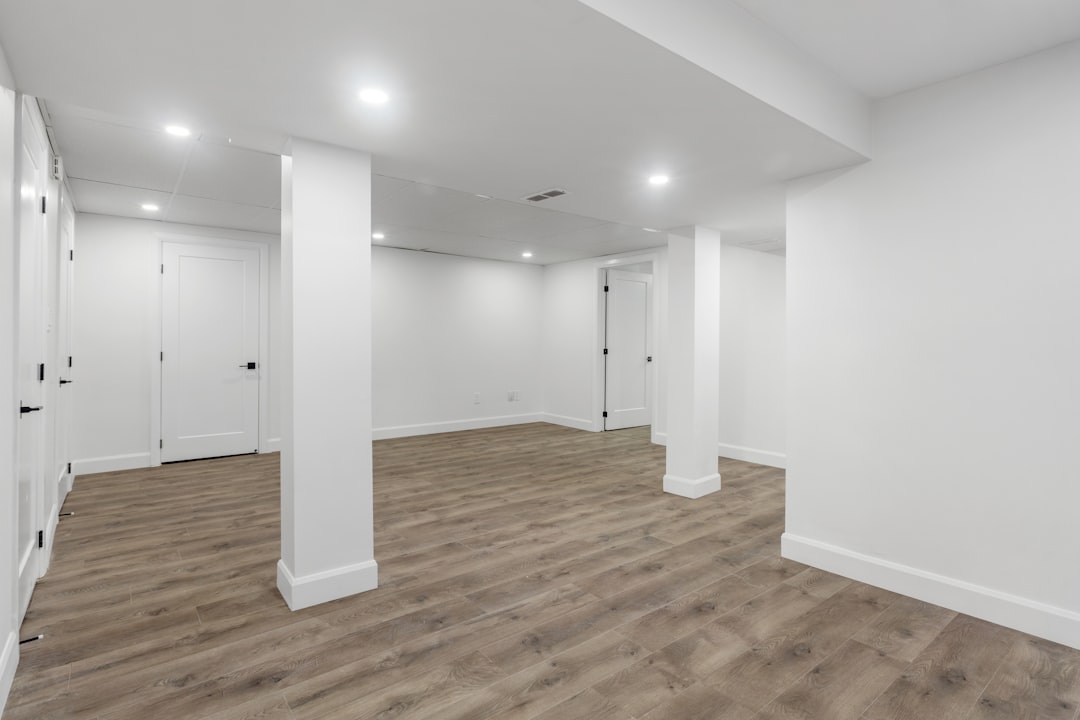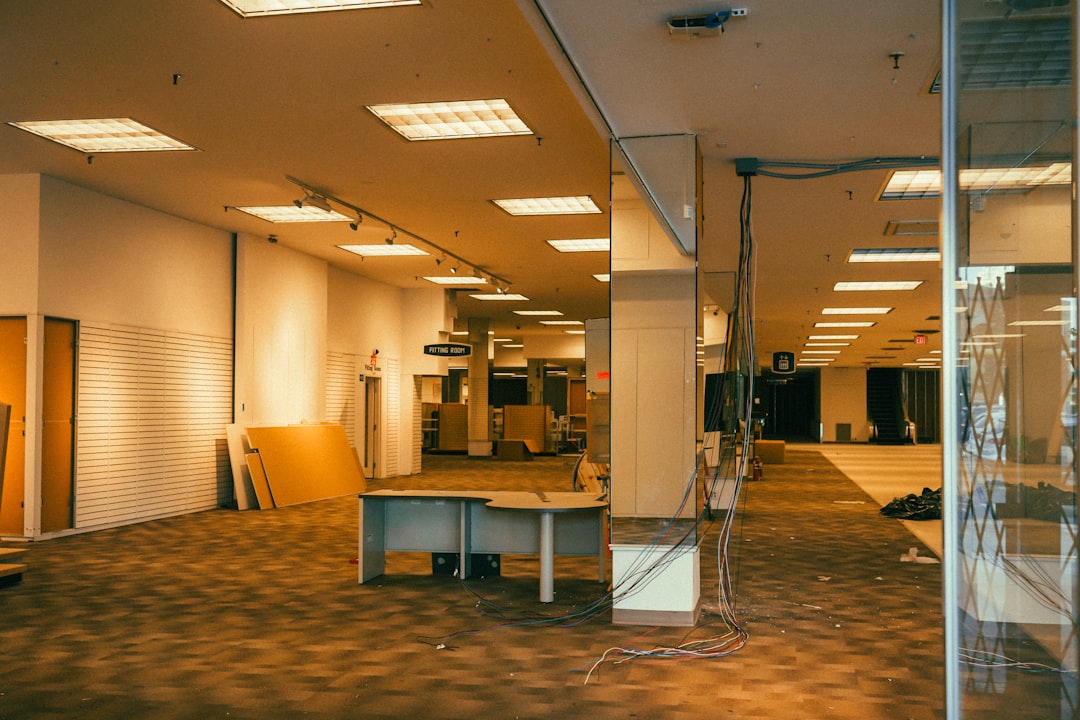

Engage prospects with a scan and streamline customer engagement with FREE QR code marketing tools by Sona – no strings attached!
Create a Free QR CodeFree consultation

No commitment

Engage prospects with a scan and streamline customer engagement with FREE QR code marketing tools by Sona – no strings attached!
Create a Free QR CodeFree consultation

No commitment
In today’s digitally driven world, QR codes in marketing have become a crucial bridge between offline engagement and online action. For flooring installation companies, QR codes provide an efficient, seamless way to tackle persistent challenges such as missing high-value prospects due to manual tracking failures, inefficient workflows, and gaps in communication. When key client interactions are lost in paper trails or fail to connect with digital systems, valuable opportunities and customer service can suffer.
As the flooring installation industry faces rising expectations for convenience, transparency, and responsive support, QR codes offer a direct pathway to overcome daily operational bottlenecks. They compress traditionally complex steps into a single scan, reducing paperwork, accelerating service requests, and ensuring that both technicians and customers remain synchronized throughout every project phase.
Technicians now have instant access to installation guides, can submit post-job photos, gather Google reviews, and trigger automated workflows through scanning on-site QR codes. This guide explores how a thoughtful QR code strategy integrates with flooring installation workflows, helping companies capture every opportunity, eliminate missed follow-ups, and ultimately raise both efficiency and customer satisfaction.

Flooring companies often struggle with fragmented data, lost forms, and manual follow-up gaps that frustrate technicians and slow down job completion. QR codes serve as the connective tissue between the physical job site and digital management systems, cutting through these recurring inefficiencies. By digitizing sources of friction such as analog forms and paper-based instructions, companies can ensure accurate documentation and rapid access to information.
A well designed QR strategy replaces outdated, error prone steps with fast, traceable interactions. Printed brochures can route to updated digital catalogs, paper checklists become interactive forms that enforce required fields, and manual sign-in sheets turn into mobile friendly contact forms that sync directly to your CRM or field service platform. With tools like Sona QR, you can launch, track, and optimize these touchpoints without building custom software, and with analytics that show exactly where to invest next.
Key steps include:
Technicians scan on-site QR codes that can automatically trigger workflows like logging visits, starting moisture test forms, or updating job status in real time. This eliminates common issues such as missing before-and-after photos, incomplete punch lists, or delayed warranty registrations. The result is fewer manual errors, faster turnaround, and a more accountable experience for both customers and staff.

Flooring installation companies regularly encounter pain points as they attempt to connect highly physical job sites with digital record keeping and personalized customer experiences. Anonymous or incomplete data frequently hampers follow-up and targeting, leading to missed upsell potential and leakages in customer journeys. A simple, scannable entry point gives everyone a fast way to act, whether they are a homeowner at the kitchen counter or a technician in a crawl space with limited time.
QR codes solve specific offline-to-online gaps common in flooring operations. They turn appointment cards, project signage, product packaging, and leave-behind care sheets into interactive, traceable touchpoints. A scan can load a room visualizer like flooring visualizers, an estimate request, or a how-to-clean guide in seconds, and the interaction can be tracked to the exact source so you know what works.
QR codes directly resolve these gaps by:
By placing QR codes on appointment cards, installation signage, and post-service handouts, flooring companies capture every interaction and convert previously anonymous touchpoints into usable business signals. This strengthens marketing attribution, supports field operations, and produces a better customer experience that feels modern and responsive. For deeper measurement strategies, see Sona’s Essential Guide to Offline Attribution.

Every flooring project generates forms, specs, and customer questions. Without a unified access point, details slip through the cracks and customer satisfaction suffers. QR codes offer multiple formats to match each task, allowing you to standardize access while keeping content current.
In practice, flooring contractors rely heavily on web-link QR codes that route to documentation, care guides, and feedback forms. Dynamic code management is critical in this context because product lines evolve, installation methods update, and compliance requirements change. With dynamic codes, you can refresh a destination as soon as a new adhesive spec, underlayment guide, or warranty policy goes live, ensuring field teams and customers always have the latest version.

Missed follow-ups, unclaimed reviews, and low referral participation are common challenges in flooring. QR codes create micro-moments for action everywhere your brand appears. By placing scannable touchpoints at decision points in the customer journey, you capture intent and remove friction.
Consider these growth-ready placements:
Turning each physical asset into an interactive opportunity ensures high-value prospects do not remain invisible. It also raises accountability in field operations because each scan is traced to a location, team member, or campaign, making it easier to justify spend and improve performance over time.

Legacy processes often produce incomplete data and slower conversions. QR codes transform critical touchpoints into simple, measurable actions that benefit technicians, customers, and office staff alike.
These use cases capture interactions that once went untracked. A homeowner browsing a care guide, a technician completing a form, or a neighbor scanning a yard sign all generate data that can be used to improve follow-up, refine messaging, and reveal demand patterns, as flooring retailers increasingly offer solutions with QR technology.
Each scan is a signal that reveals intent, context, and urgency. By deploying QR codes across the journey, flooring companies can segment audiences automatically, retarget with precision, and shorten the path to conversion. Instead of generic remarketing, your outreach can reference the exact product category or use case that prompted the scan.
Start by distinguishing your core segments. In flooring, these often include homeowners, property managers, builders, designers, and referral partners. Further refine segments by floor type interests like hardwood, engineered wood, tile, carpet, or eco-friendly materials, and by service needs such as repair versus full replacement. With dynamic QR codes, each touchpoint can add tags that map to these distinctions.
Practical steps include:
With Sona QR, each code becomes a smart gateway that carries context into your systems. Your retargeting lists are informed by real behavior, not assumptions, allowing for concise, value-driven messages that feel timely and relevant. For execution, use Sona’s playbook Intent-driven Retargeting.
QR codes connect physical and digital channels into a cohesive funnel that is both convenient for customers and measurable for your team. In flooring, buyers bounce between showrooms, contractor recommendations, neighborhood references, and online research. QR codes unify these touchpoints and help you attribute what works.
Here are ways to integrate QR codes across your marketing:
QR codes act as the offline on-ramp to your digital marketing engine. With a centralized platform like Sona QR, you can manage all your codes, monitor performance across channels, and sync scan data with CRM and ad platforms. The result is tighter attribution and a connected customer experience that moves people from awareness to booked job without guesswork.
Successful QR deployments begin with clarity about the outcome and end with disciplined optimization. A staged approach helps flooring companies avoid the most common pitfalls and launch campaigns that deliver measurable results.
Start small, solve one friction point at a time, and expand once your data confirms impact. Use the following steps to guide planning, deployment, and iteration, and treat each code as a living asset that can evolve with your process.
Treat this checklist as a repeatable playbook. Once the first campaign is producing reliable results, add the next use case and repeat the cycle. Over time, these small scans compound into a comprehensive, data-rich operation.
Attributing revenue and customer satisfaction to specific technician or channel efforts is difficult when analog processes leave data gaps or CRM entries go unfilled. QR analytics tools bridge this divide by turning every scan into actionable intelligence. You can see what materials drive engagement, which locations outperform, and how scans translate into completed forms, scheduled appointments, or paid projects.
A modern analytics stack connects scan events to downstream outcomes. When a yard sign scan leads to a booked estimate that later converts, the chain of evidence shows that your sign program merits expansion. When a care guide scan reduces support calls, you can quantify the operational savings. These insights inform both marketing and operations, aligning teams on shared metrics.
With Sona QR and Sona.com, you can:
Armed with these metrics, your team can refine campaigns with confidence. Allocate budget to placements that produce booked meetings, replicate successful tactics by region, and coach technicians on the CTAs that earn the most reviews. Decisions shift from gut feel to evidence based optimization.
Sustained performance comes from tightening the loop between deployment, data, and iteration. The following practices help turn QR scans into a durable growth engine for flooring businesses.
Modern platforms like Sona QR make it straightforward to manage, measure, and iterate on these strategies. With the right structure, every scan becomes a learning opportunity and a chance to deliver delight.
QR codes have matured from a digital accessory to a strategic driver for flooring installation companies. By addressing longstanding pain points like missed follow-ups, invisible offline engagement, and paper-based workflows, QR codes transform every physical surface into an interactive, trackable touchpoint. Companies no longer depend solely on technician memory or customer initiative. Instead, they guide every step with clarity and collect the data needed to improve continuously.
The path forward is practical and achievable. Start with a single use case that solves a real problem, such as capturing job completions or increasing reviews. Deploy a clean, benefit-led QR code, measure performance, and iterate. Then expand to direct mail, signage, and post-install care. With Sona QR powering code generation, analytics, and integrations, and Sona.com connecting scans to revenue, you can build a connected customer journey that supports technicians, delights clients, and grows your business with confidence. Begin by creating QR codes for free.
QR codes have revolutionized flooring installation companies by transforming routine technician support into seamless, data-driven interactions. From instantly accessing installation guides and troubleshooting videos to streamlining inventory tracking, QR codes enhance technician efficiency and accuracy, ultimately elevating service quality and customer satisfaction. Imagine technicians resolving issues on the spot with a quick scan, reducing delays and boosting project completion rates.
With Sona QR, flooring installation companies can create dynamic, trackable QR codes in seconds, update content instantly without reprinting, and gain valuable insights into technician engagement and resource usage. This empowers companies to optimize training, improve operational workflows, and connect every scan to measurable performance improvements. Start for free with Sona QR today and turn every QR code into a powerful tool for technician support and business growth.
Professional flooring installation companies offer services including hardwood, engineered wood, tile, carpet, eco-friendly materials, repair, and full replacement options.
You can find reliable reviews by scanning QR codes on post-installation materials or invoices that link directly to preferred review platforms with pre-filled project details.
The process includes digitizing analog forms and instructions, replacing manual feedback with QR-driven surveys, enabling real-time troubleshooting via QR codes, and using dynamic QR codes for content management and workflow automation.
QR codes reduce paperwork, accelerate service requests, provide instant access to guides, enable photo submissions, gather reviews, trigger automated workflows, and ensure synchronized communication between technicians and customers.
You can locate reputable flooring installation companies by scanning QR codes found on local job-site signage, brochures, direct mail flyers, or by checking online platforms integrated with QR code campaigns that track local engagement.
The article does not specify exact costs, but QR codes can link to pricing calculators and financing pre-qualification forms to provide transparent and convenient cost estimates.
Common QR code formats include web links to guides and forms, vCards for contact sharing, SMS or email pre-filled messages for job updates, Wi-Fi access codes, and app download links.
Companies place QR codes on door hangers and completion packets that link to satisfaction surveys or review platforms, enabling structured, timestamped feedback collection.
Dynamic QR codes allow updating destination URLs after printing, provide scan analytics, enable performance measurement, and help avoid costly reprints by keeping content current.
QR codes provide scan data including time, location, and device type, which can be synced with CRM and analytics tools to measure engagement, attribute revenue, and guide budget allocation.
Use Sona QR's trackable codes to improve customer acquisition and engagement today.
Create Your FREE Trackable QR Code in SecondsJoin results-focused teams combining Sona Platform automation with advanced Google Ads strategies to scale lead generation

Connect your existing CRM

Free Account Enrichment

No setup fees
No commitment required

Free consultation

Get a custom Google Ads roadmap for your business






Launch campaigns that generate qualified leads in 30 days or less.
